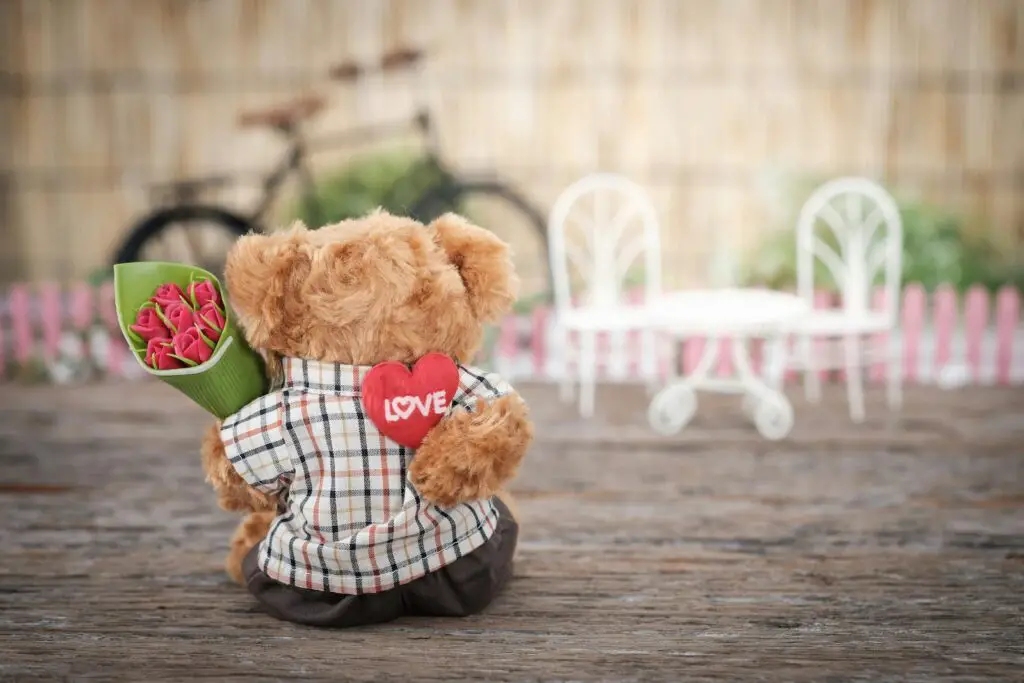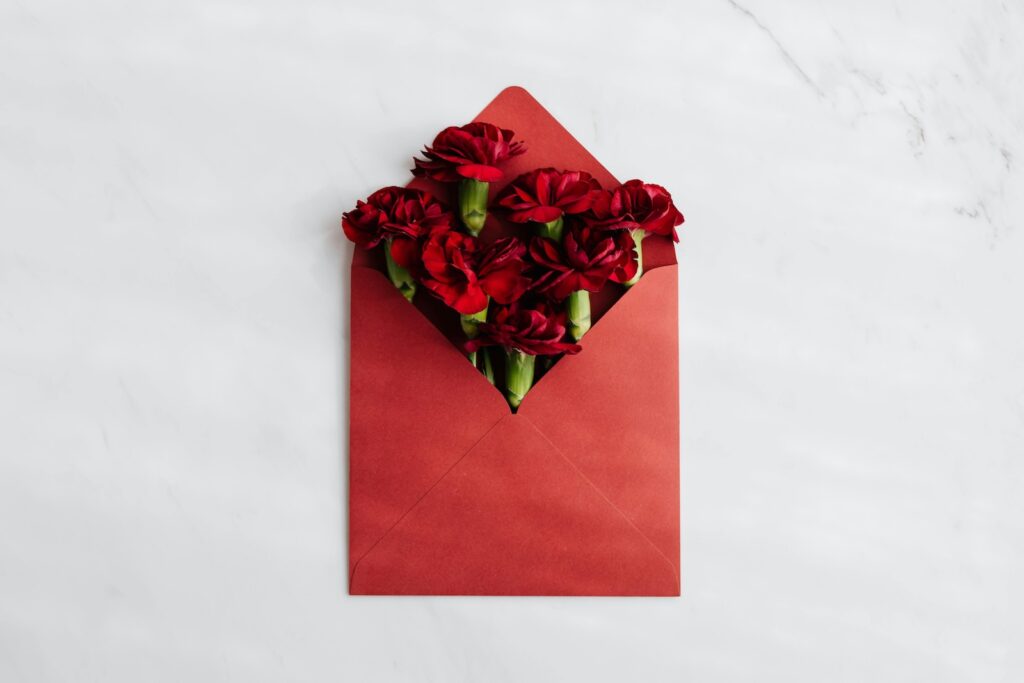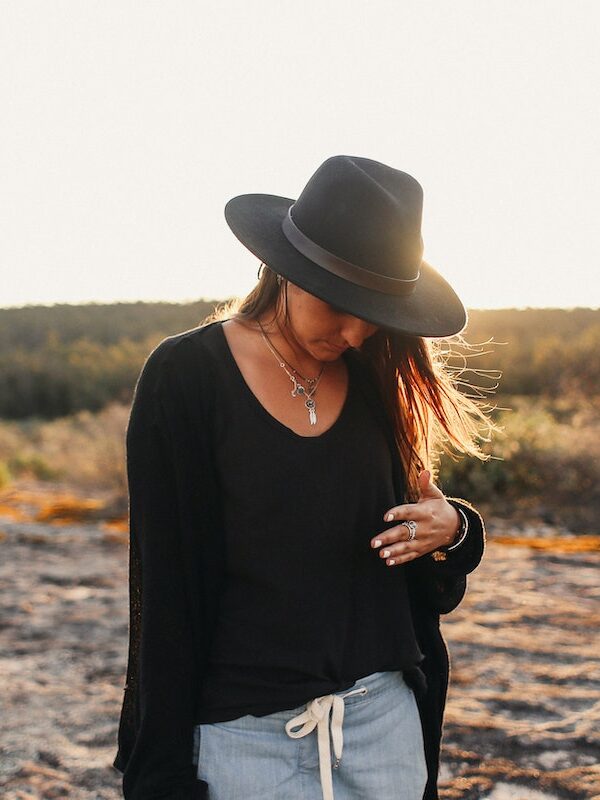Ah, Valentine’s Day. The time of year when love is in the air, stores are overflowing with heart-shaped everything, and everyone’s either swooning or rolling their eyes. But have you ever stopped to wonder where this holiday came from? Why do we give cards, chocolates, and flowers? Let’s dig into the history of Valentine’s Day and get into how it all started and how it’s changed over time.
It Started With Saint Valentine…
So, first things first: Who was Valentine? Turns out, there’s not just one answer. The origins of Valentine’s Day trace back to a couple of different people named Valentine (or Valentinus) who lived way back in ancient Rome. The most popular story is about a priest named Valentine who lived during the reign of Emperor Claudius II.
Here’s the deal: Emperor Claudius thought unmarried men made better soldiers because they didn’t have families to leave behind. So, he banned young men from getting married. Valentine, being the romantic rebel he was, secretly performed marriages for these couples. When Claudius found out, Valentine was thrown in jail and eventually executed on February 14th. Legend says that before his death, he wrote a letter signed, “From your Valentine,” which is how that phrase supposedly started.

How Did Valentine’s Day Become a Thing?
At first, February 14th wasn’t all about chocolates and roses. It was more of a solemn day to honor Saint Valentine. But then, things got mixed with some old Roman traditions.
Rome had this wild festival called Lupercalia, held in mid-February, where people celebrated fertility and spring. It involved rituals, matchmaking games, and maybe even a bit of partying. As Christianity spread, the church decided to combine the Lupercalia festival with Saint Valentine’s Day to make it more, well, wholesome.
By the Middle Ages, Valentine’s Day started to take on romantic vibes. Thanks to poets like Geoffrey Chaucer (yep, the Canterbury Tales guy), people began connecting February 14th with love and courtship. Chaucer wrote about birds finding their mates on Valentine’s Day, which added to the whole romantic association.
Why Do We Exchange Cards?
If you’ve ever handed out Valentine’s cards in elementary school, you’ve followed a tradition that goes back hundreds of years. The first Valentine’s cards appeared in the 1400s. One of the oldest ones we know about was sent by Charles, Duke of Orléans, to his wife while he was imprisoned in the Tower of London. (Talk about long-distance love!)
By the 1700s, people in England started exchanging hand-written notes and small tokens of affection. Fast forward to the 1800s, and printed Valentine’s cards became a big deal, especially when mass production kicked off. Esther Howland, known as the “Mother of the American Valentine,” made Valentine’s cards popular in the U.S. by designing elaborate ones with lace, ribbons, and fancy decorations.
Today, it’s estimated that over 145 million Valentine’s cards are exchanged each year in the U.S. alone. Not bad for a tradition that started with hand-written notes!

How Did Chocolate and Flowers Get Involved?
Now let’s talk about everyone’s favorite part: the treats and blooms. The tradition of giving flowers started in the 17th century when King Charles II of Sweden popularized the “language of flowers.” Each flower symbolized something, and red roses, as you might’ve guessed, stood for love.
As for chocolate, we have the Victorians to thank. During the 1800s, companies like Cadbury started marketing fancy boxes of chocolates for Valentine’s Day. It worked like a charm, and now chocolate is basically the unofficial snack of love. Who can say no to that?
Valentine’s Day Around the World
Believe it or not, Valentine’s Day isn’t celebrated the same way everywhere. In Japan, women give chocolates to men (and there’s even a “White Day” a month later where men return the favor). In South Korea, they take it even further with a “Black Day” in April, where single people eat black noodles to cope with their loneliness. Sweet and salty, right?
Meanwhile, in Denmark, people send “joke letters” called gaekkebrev, and in some Latin American countries, Valentine’s Day is more about celebrating friendship than romantic love.

Common Questions About Valentine’s Day
1. Why is Valentine’s Day such a big deal?
It’s become a huge commercial holiday over time. Big companies like Hallmark and candy makers realized it was the perfect excuse to sell cards, sweets, and gifts. But at its heart, it’s a day to celebrate love, whether it’s romantic, platonic, or even self-love.
2. Why do we celebrate Valentine’s Day?
Simply put, we celebrate Valentine’s Day to celebrate love. We talked about the historical aspect of how it started, but by the Middle Ages, Valentine’s Day became associated with romance as poets noticed the mating season of birds started in February. Over time, Valentine’s Day evolved into a day to express our love to others. By the 18th and 19th centuries, people began exchanging cards, flowers, and small gifts.
3. Do I have to celebrate Valentine’s Day?
Not at all! It’s your call. Some people go all out with romantic dinners and gifts, while others prefer to skip it or use it as a day to appreciate friends and family.
4. Is Valentine’s Day just for couples?
Nope! Valentine’s Day can be for anyone. Celebrate your kids, your friends, your parents, or even yourself. Love comes in all forms, and it’s worth celebrating however you want.
5. Why is everything so expensive on Valentine’s Day?
Supply and demand, baby. Florists, restaurants, and stores know people are willing to spend more for the holiday, so they raise prices. Planning ahead or thinking outside the box can help you save a little cash.
A Holiday That’s Evolved with Time
Valentine’s Day has come a long way from secret marriages in ancient Rome to candy hearts and Instagram-worthy bouquets. Whether you’re a hopeless romantic or a skeptic, there’s something sweet about a day that reminds us to show love to the people who matter most.
So, whether you’re writing a heartfelt note, sharing chocolates, or just enjoying some quiet time, remember this: love doesn’t have to be grand to be meaningful. Sometimes, the simplest gestures are the ones that stick with us the longest.




